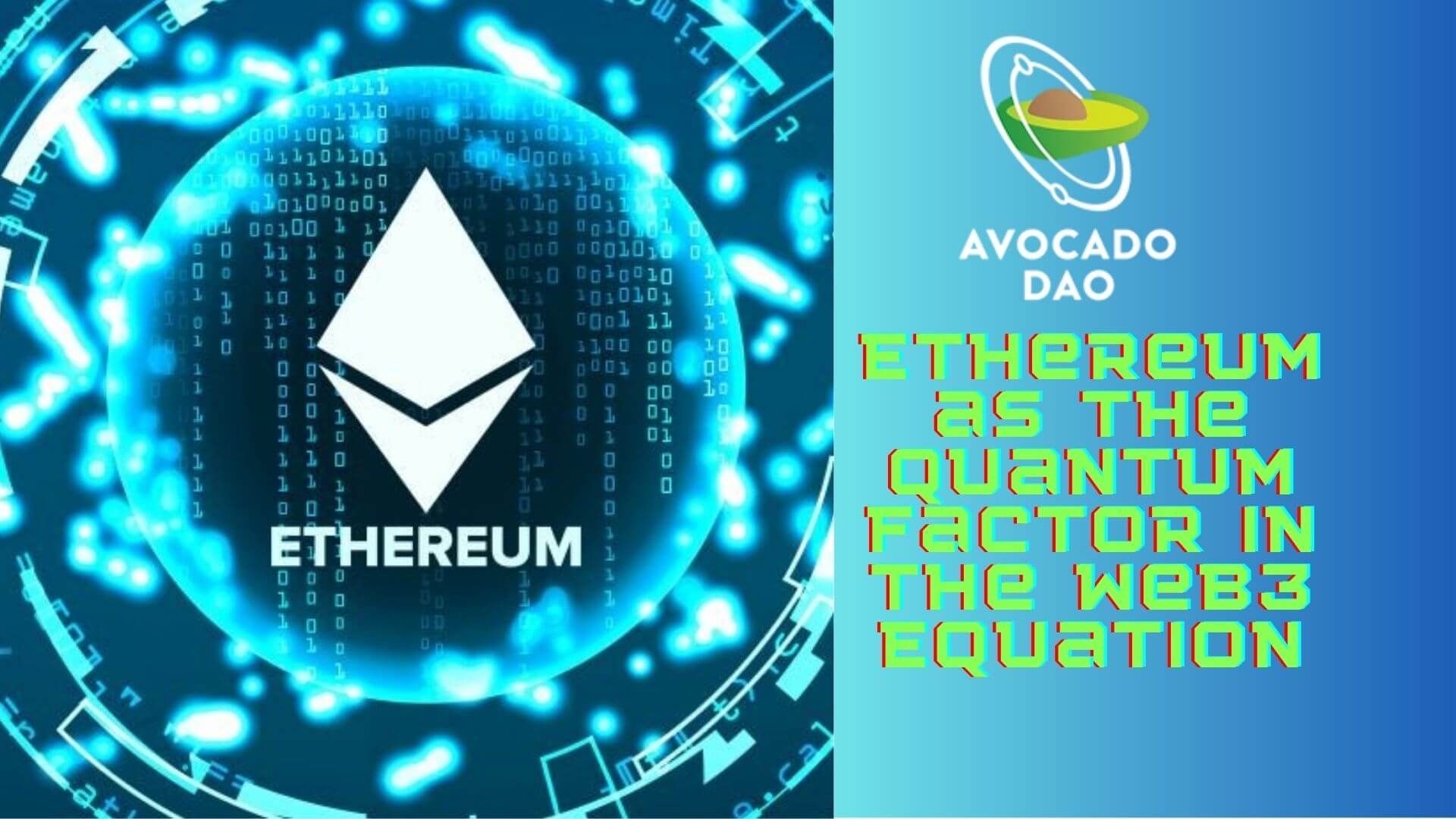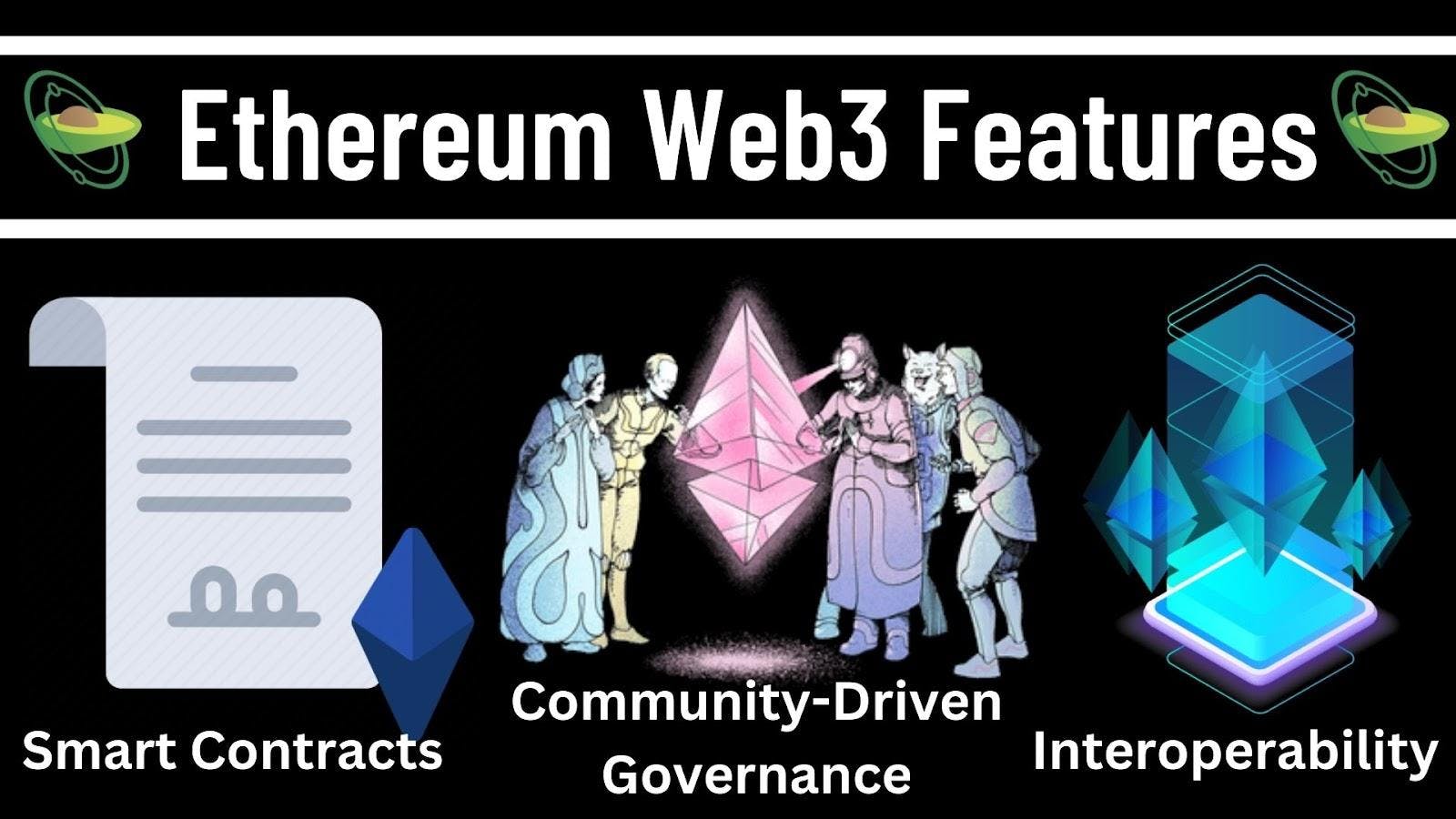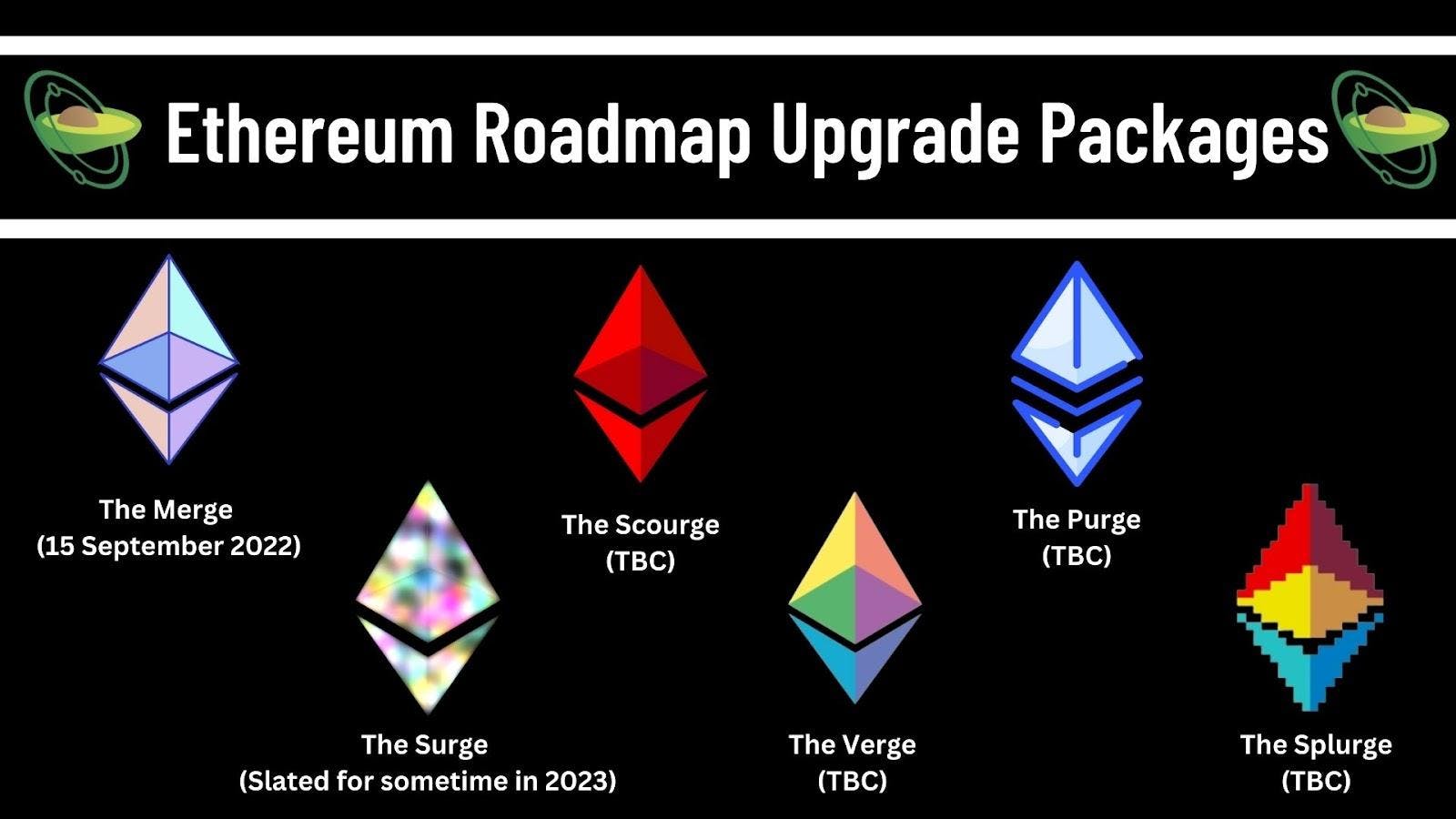
As any Web3 gamer worth their salt would know, it's all about the finishing move to bring about the end game. Ethereum's end game is to create a decentralized and open-source platform through which Web3 users can regain control of their digital identities and virtual lives from Web2 platforms. As the main network of the blockchain ecosystem, Ethereum is walking the talk by providing a blockchain-based infrastructure that enables developers to build innovative decentralized applications (dApps) and services that enable peer-to-peer (P2P) interactions. These interactions help promote financial inclusion and fosters gatekeeper-less innovations under the banner of Web3.
Long story short, Ethereum is set to be a foundational layer for Web3. Through the use of blockchain, Ethereum is building the technological infrastructure and governance model for a decentralized and autonomous digital ecosystem in the new era of the Internet.
Unlocking Web3 with EthereumThe key benefit from the dawn of Web3 is user autonomy through the boosting of the personal privacy and data security of users. The reduced reliance on centralized intermediaries means Web3 users would have greater control over their personal data as well as digital identities and assets. In addition, Web3 users would be less exposed to the risks of censorship and data breaches. Beyond the element of control, the user autonomy of Web3 covers the aspects of user participation as well.
Through Web3's decentralized governance mechanisms, users can participate in decision-making processes, allowing them to have a say in the development and direction of the platforms they are using. On top of that, the interoperability of Web3 platforms warrants user accessibility by enabling users to freely move their personal data and digital assets across different platforms without being locked into proprietary systems. This stands in stark contrast to the silo approach of Web2 platforms with their walled gardens that restrict cross-platform interoperability.
While the ideals of Web3 are well and good, the crux of the challenge lies in bringing these ideals to life. Taking up this bull of a challenge by the horns is Ethereum through its autonomous smart contracts, community governance framework, and interoperable network applications.

- Smart Contracts
Through the use of autonomous smart contracts, Ethereum enables web users to verify their data and authenticate their digital identities using Soulbound Tokens (SBTs). Additionally, they can autonomously transfer their digital assets using Ethereum wallets. This brings to life the user autonomy ideal of Web3.
- Community-Driven Governance
Using a decentralized autonomous organization (DAO) that operates through a collective governance framework, members of the Ethereum community get to have their say in the development direction of the network. This is done by submitting and voting on Ethereum Improvement Proposals (EIPs). This brings to life the user participation ideal of Web3.
- Network Interoperability
Ethereum is designed to facilitate seamless interactions and communications between blockchain networks. This element of interoperability enables the establishment of an interconnected ecosystem of dApps and other decentralized services using the Ethereum Virtual Machine (EVM) to unlock new possibilities. This brings to life the user accessibility ideal of Web3.
With this, Ethereum is bringing to life the ideals of Web3 by unlocking the future of the Internet with the decentralized power of blockchain.
Quantum-Proofing Web3 with EthereumIf Web3 is to be key to unlocking the future of the Internet, it would need to be secured against future security risks. With its decentralized feature, Web3 is powered by cryptographic algorithms underlying instruments such as cryptocurrencies and non-fungible tokens (NFTs) that support the decentralized finance (DeFi) and user-generated content (UGC) domains of Web3. Although it is mathematically impossible to break cryptographic algorithms, this could change with quantum computing developments. These developments could result in quantum computing being so powerful someday that they could crack the cryptographic keys used to protect personal information on blockchain networks.
For the mitigation of this risk, Ethereum is working on quantum-proofing its network using quantum-safe cryptographic techniques. This involves replacing the cryptographic algorithms currently being used by the network with quantum-resistant algorithms. These algorithms are designed to secure the Ethereum network against attacks from quantum computers. By doing so, Ethereum's network would remain secure, notwithstanding possible future advancements in quantum computing technology. As Ethereum is the infrastructure backbone of Web3, the quantum-proofing of its network plays a critical role in the future security and long-term sustainability of Web3.
In general, the packages of developmental updates in the Ethereum roadmap are as below.

- The Merge (15 September 2022)
Switching from Proof-of-Work (PoW) to Proof-of-Stake (Pos).
- The Surge (Slated for sometime in 2023)
Improving network scalability through rollups and data sharding.
- The Scourge (Date TBC)
Lowering censorship resistance, decentralization, and protocol risks.
- The Verge (Date TBC)
Simplifying the blocks verification process.
- The Purge (Date TBC)
Reducing the computational costs of running nodes and simplifying the protocol.
- The Splurge (Date TBC)
Upgrades that fall outside the scope of the above categories.
With its slew of upcoming upgrades, Ethereum would be paving the way for the mainstreaming of a quantum-resistant Web3.
ConclusionFor all the ideals of Web3 as the next generation of the Internet, the central tenet is that of user empowerment. Through Web3, the elements of personal identity management and data control, digital assets ownership, and decision-making would be reposed in the users themselves. From an ideological perspective, the user-centric approach of Web3 aligns with our modern democratic aspirations.
Through its suite of blockchain-powered tools ranging from smart contracts, SBTs, and DAOs, to dApps, Ethereum would be heralding the dawn of a more democratic and user-centric Internet by being the quantum factor in the Web3 equation.
This course brings to an end our Ethereum Learn-and-Earn (L&E) course. We would be bringing you more of such courses in time to come, do stay tuned.